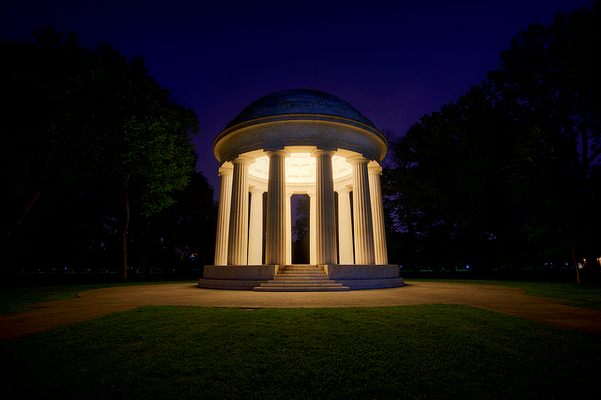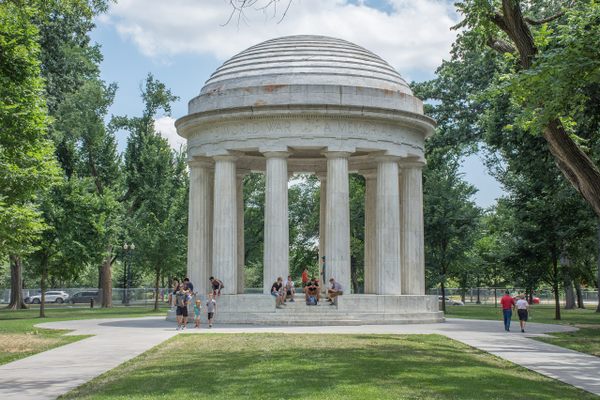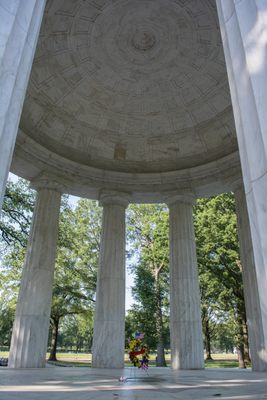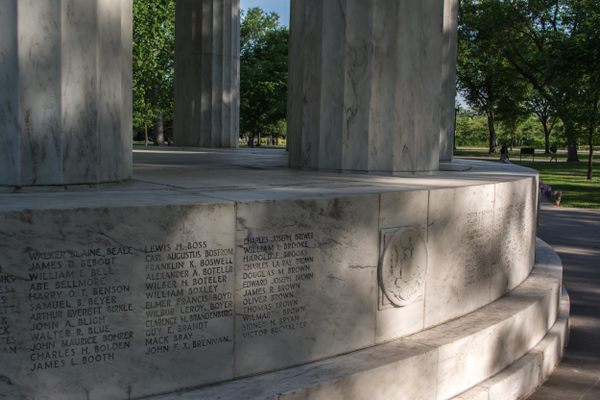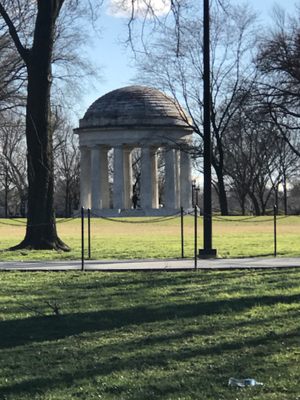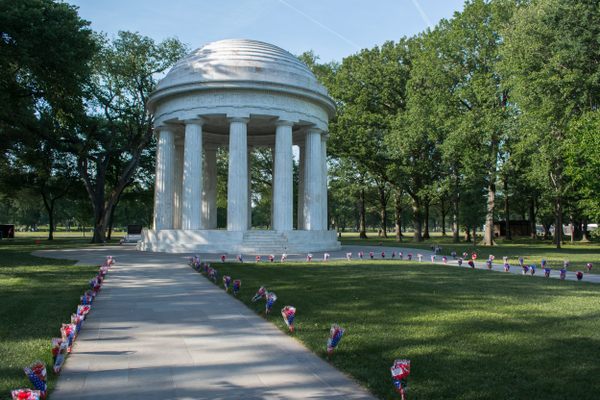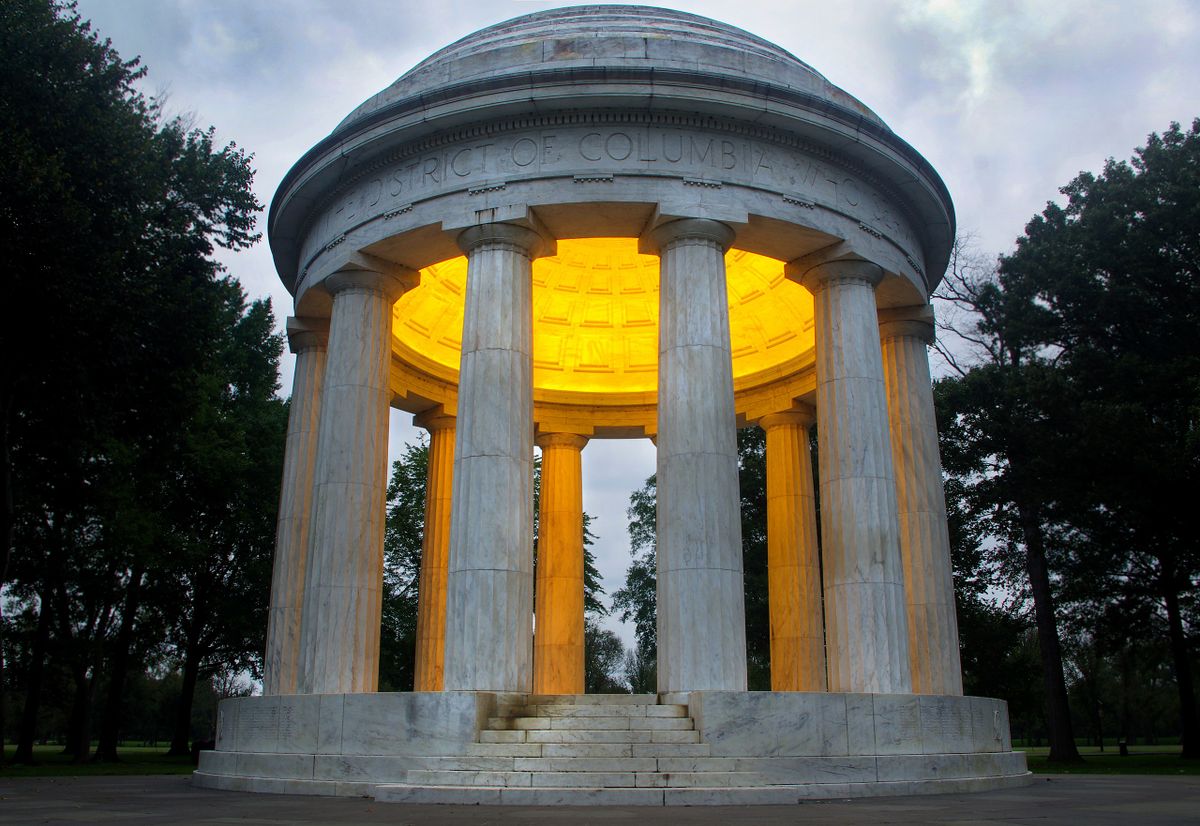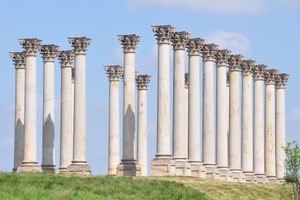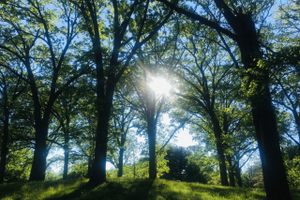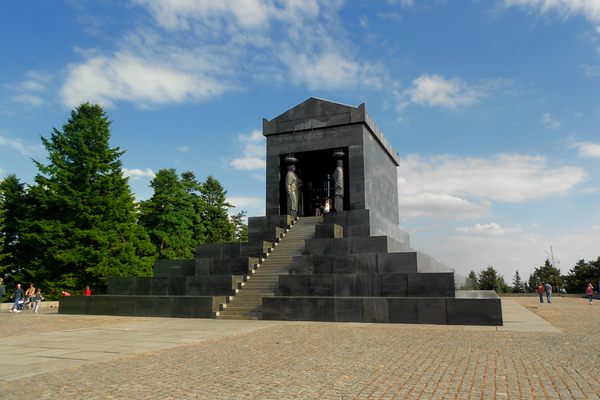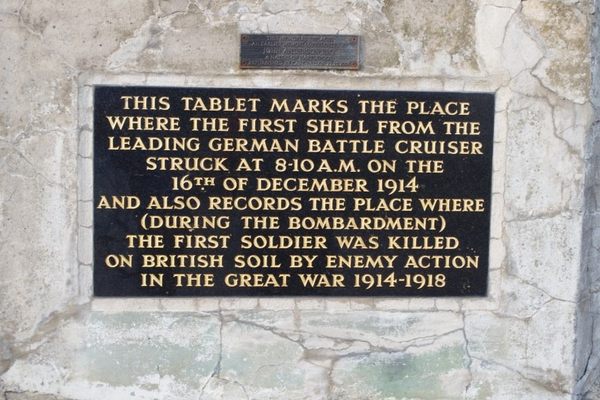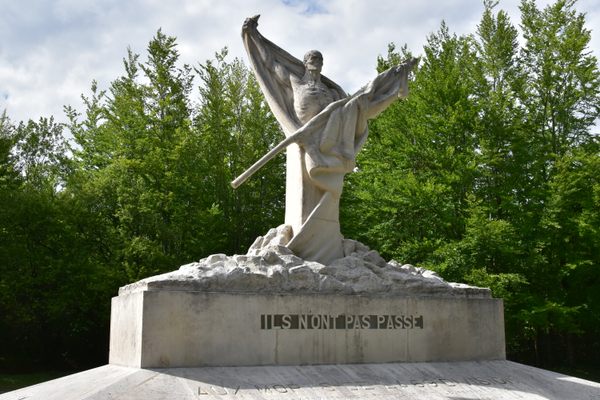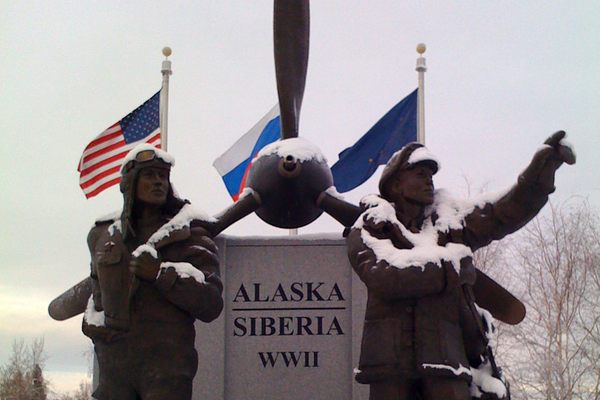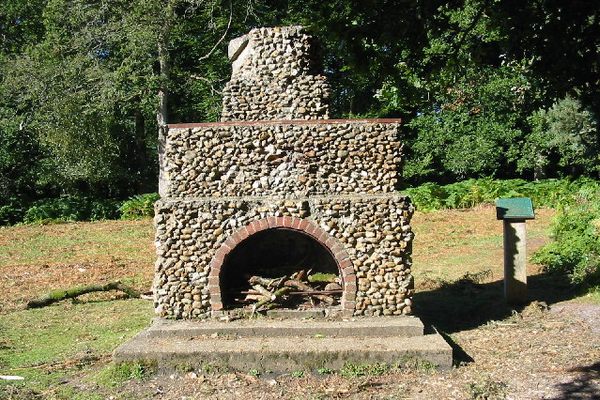About
The first letters started a month after the war ended. People were writing the government with the idea of building a monument honoring the more than 26,000 Washington, D.C. residents who had served in World War I. Thirteen years later in 1931, the D.C. War Memorial was dedicated by President Herbert Hoover. This little-known monument is the only memorial dedicated to District residents on the National Mall.
Frank and Janet Noyes, a prominent newspaper family at the time, agreed to fund the project. Janet also had a hand in the design, proposing that the monument replace an old wooden bandstand in West Potomac Park. The new memorial would even resemble a bandstand: She suggested a domed marble memorial that would honor the dead and be available for military bands to use to play tribute to these soldiers.
Six years after the war ended, the first planning committee for the memorial met, and building began another four years later. Since the memorial was to honor local veterans, the people of D.C. thought it was important to use a local construction company. "Construction of the war memorial by out-of-town agencies would violate the principle and do injustice of the people of our city," noted the District's Chamber of Commerce president Harry King. A local builder was chosen from the bids, and the 47-foot-tall monument, comprised of 12 columns supporting a domed roof, was finally erected.
Rather than the initial idea of honoring all of the D.C. residents who served, the monument pays tribute to the 499 Washington residents who died in the war. Besides being dedicated to D.C. residents, the monument has another distinction; in an unusual move for the time, the inscription includes the names of both men and women.
The first concert held in the monument was during its dedication on November 11, 1931. It was lead by noted composer John Phillip Sousa, and the space became a popular gathering spot for visitors to listen to music. However, as musical tastes changed, the kind of music that filled the bandstand wasn't bringing the crowds it used to, and concerts happened there much less often. The monument, because of its off the beaten path location, or changing entertainment tastes, or a little of both, went through a period of neglect. In 2003, the memorial was declared one of D.C.'s most endangered places by the DC Preservation League.
In 2010, $3.6 million was dedicated to restore and upgrade the space. This hidden treasure, tucked among the trees, honors the veterans of a war that is quickly fading from public memory.
Related Tags
Know Before You Go
Free to see and easy to miss. You will have to look for it.
Community Contributors
Added By
Published
September 21, 2017
